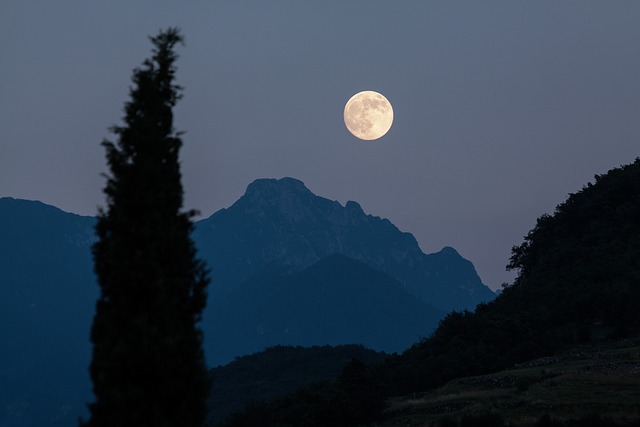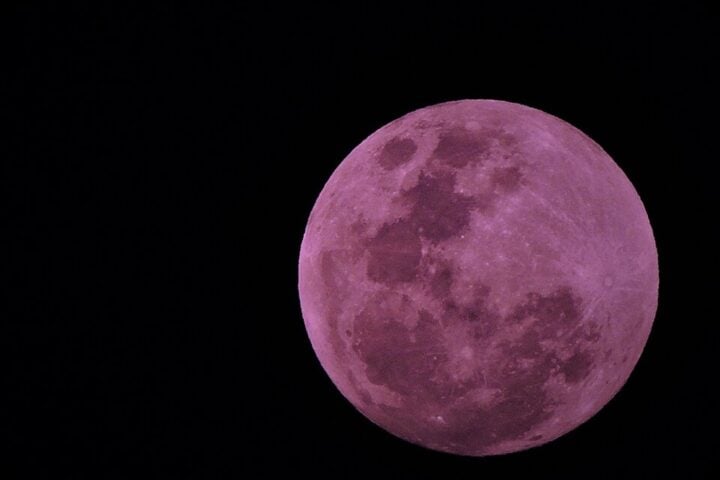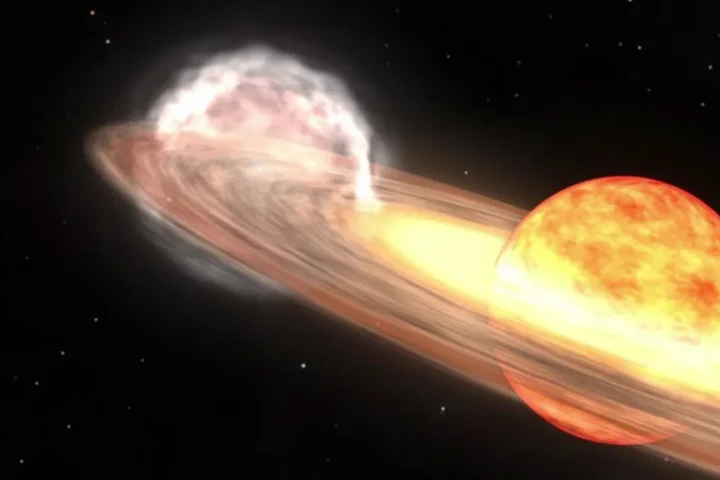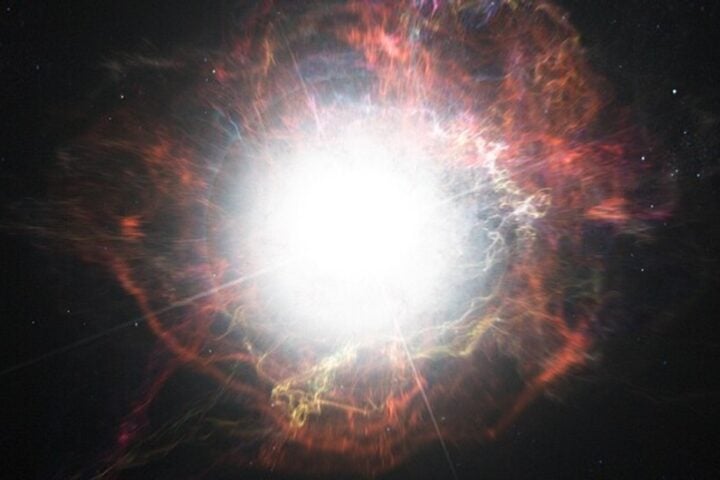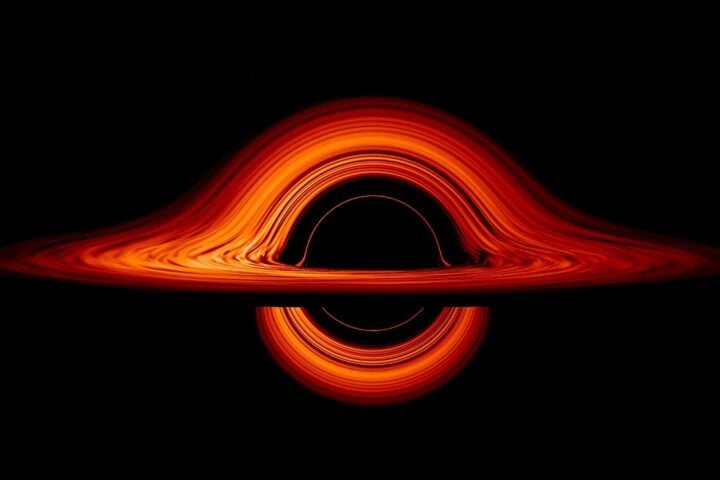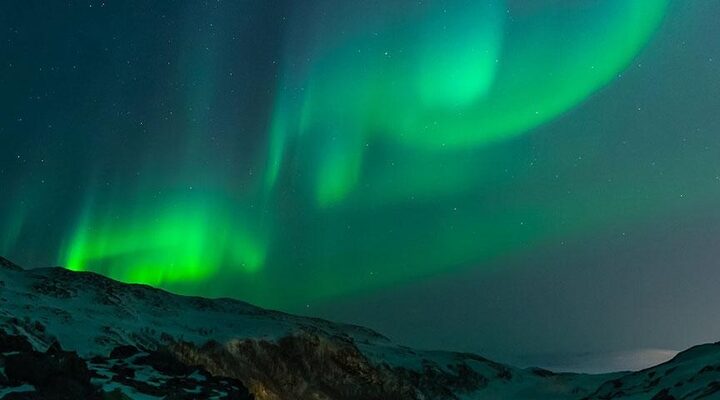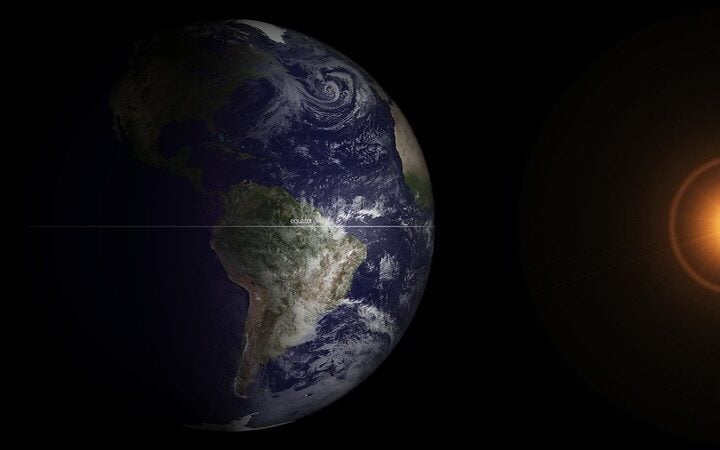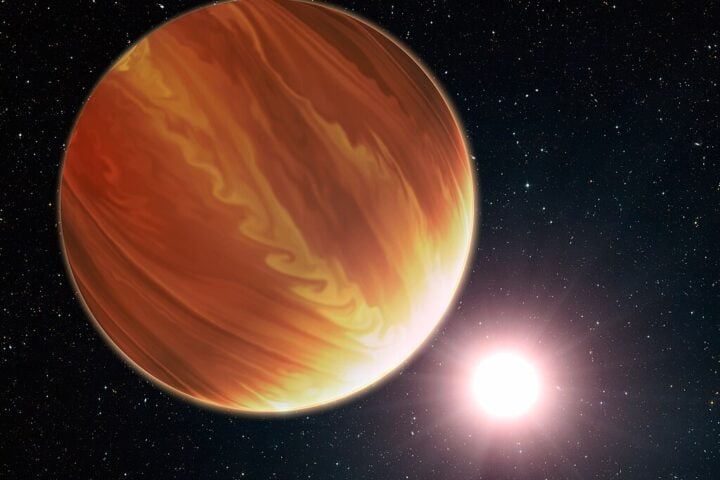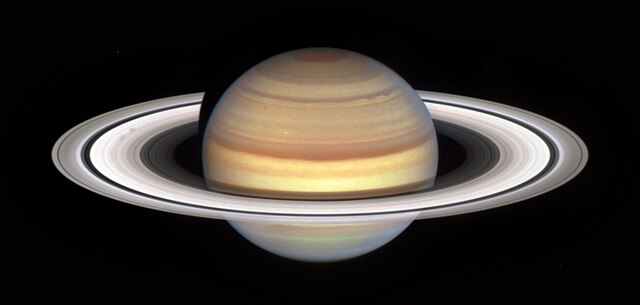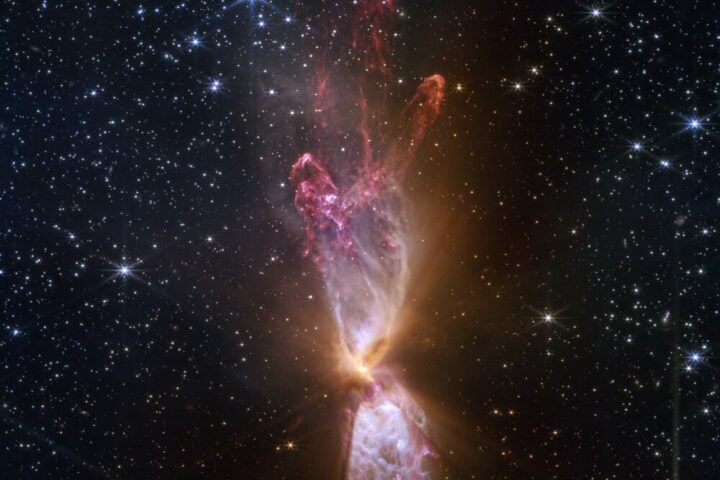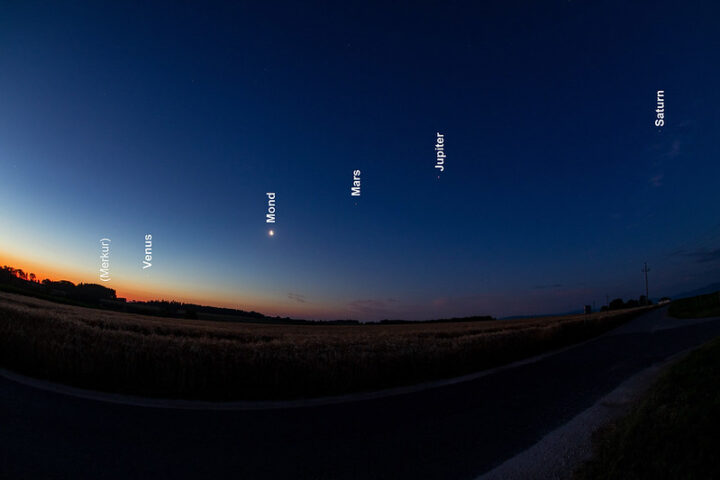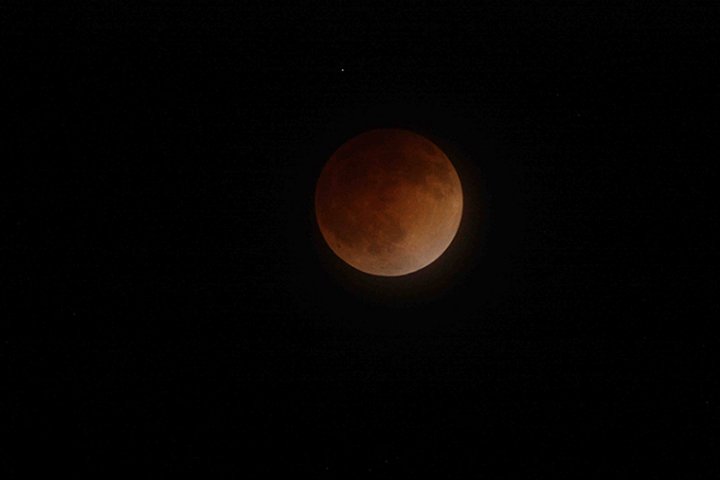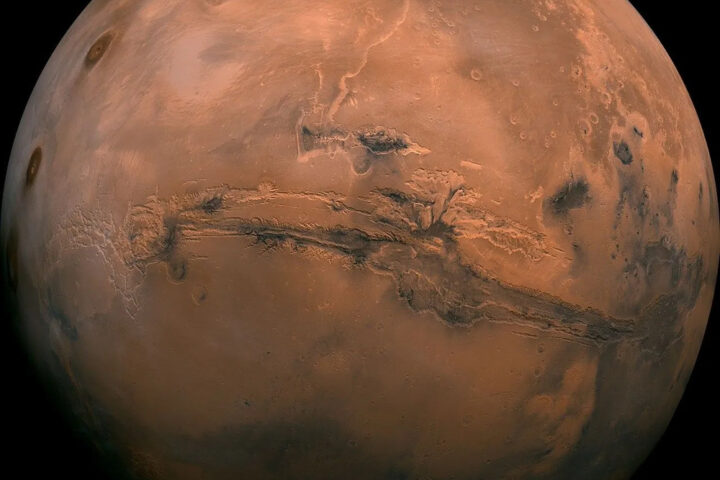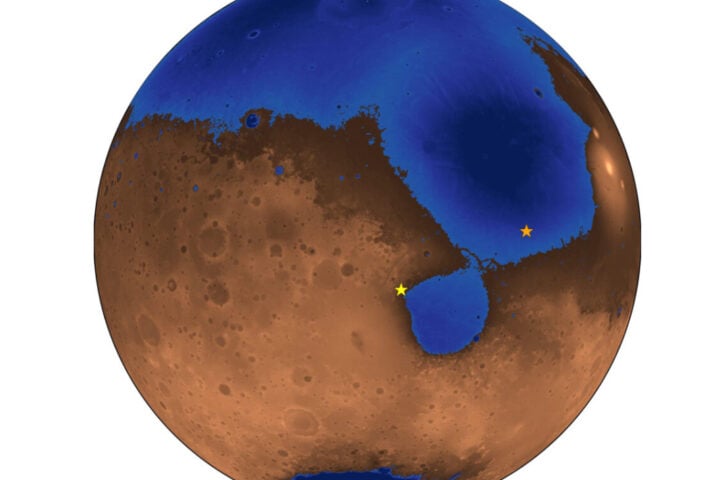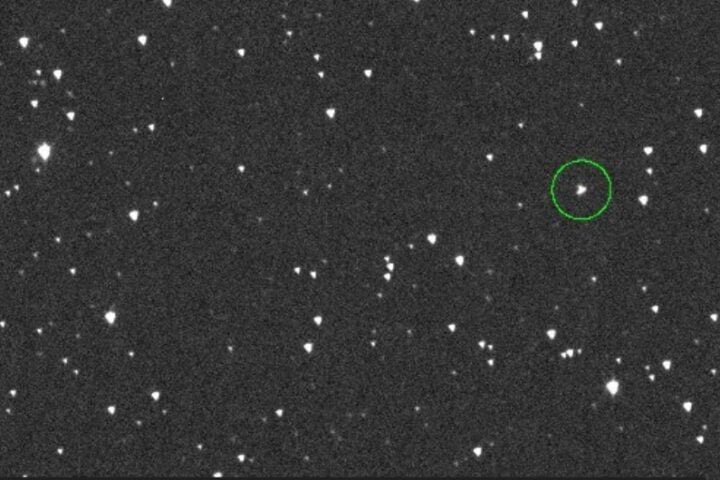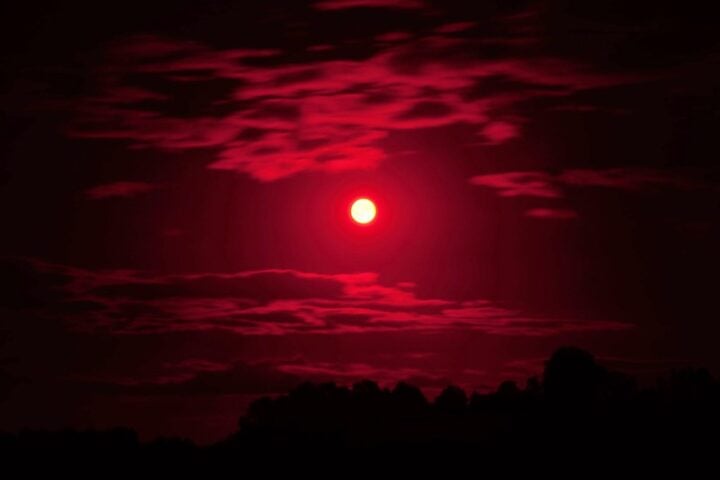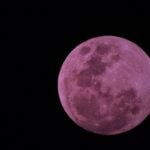A bright full moon will grace our night sky this February, reaching its brightest point on February 12, 2025, at 8:53 AM Eastern time. Known as the Snow Moon, it arrives just in time for Valentine’s Day celebrations.
The name comes from a simple observation – February typically brings the heaviest snowfall in North America. Native American tribes watched this pattern over generations and named the month’s full moon accordingly. Some tribes called it the “Bone Moon” during particularly harsh winters when food became scarce.
The bright star Regulus will appear in the constellation Leo as the moon rises. Located about 79 light-years away from us, Regulus is the brightest star in Leo and one of the brightest stars we can see in the night sky.
Want to see it? Just step outside and look east when the sun sets on February 12. The moon will look full and bright on February 11, 12, and 13. For the best viewing experience, find an elevated location or an open space with a clear view of the eastern horizon. While your eyes alone will give you a beautiful view, binoculars or a simple backyard telescope will reveal lunar craters and mountains in detail.
The night sky has more in store this February. Five planets – Venus, Jupiter, Mars, Mercury, and Saturn – will be visible in the evening sky. Venus shines the brightest, appearing like a brilliant point of light in the west-southwest just after sunset. This gathering of planets won’t happen again until October 2028, with the best chance to see all five evening planets together on February 24.
Similar Posts
Local science centers and planetariums are planning special events for moon watching. “This could be a very challenging, shocking and surprising full moon,” says astrologer Kyle Thomas, noting how the moon’s position relative to other planets might affect its appearance.
For those interested in taking photos, using a DSLR camera with a telephoto lens and tripod will help capture the best shots. Apps like PhotoPills can help plan the perfect shot.
March brings an even more dramatic sight – a total lunar eclipse on March 14, when the moon will turn reddish-orange for 1 hour and 5 minutes as it passes through Earth’s shadow.
NASA encourages everyone to take advantage of the clear winter skies for moon watching. Local observatories worldwide, including the Nehru Planetarium in New Delhi, will host guided telescope sessions and educational talks about lunar phenomena.
